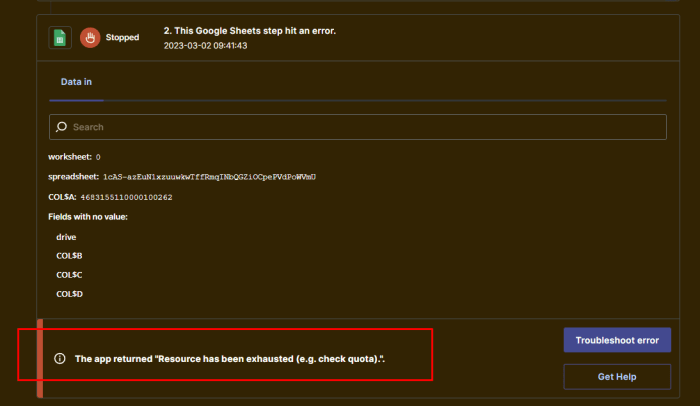Growth Strategies and Funding

Securing funding for startup growth is a crucial aspect of building a successful business. The chosen growth strategy significantly impacts the type and amount of funding required. Understanding this interplay is vital for strategic planning and long-term sustainability. This section explores how different growth strategies influence funding needs and provides examples of successful startup funding and growth management.
Growth Strategy and Funding Needs
Different growth strategies demand varying levels and types of funding. Organic growth, relying on internal resources and operational efficiency, generally requires less external capital compared to aggressive acquisition strategies. Organic growth might involve optimizing marketing, improving product offerings, or expanding into new markets organically. In contrast, acquisitions require substantial upfront capital to purchase another company, often necessitating significant equity financing or debt financing.
Rapid expansion through mergers and acquisitions also necessitates additional funding for integration, restructuring, and potential operational losses during the transition period. Therefore, a detailed financial model that forecasts cash flow needs for each growth scenario is essential. This model will help determine the appropriate funding strategy, including the type of funding (e.g., equity, debt, grants), the funding round size, and the timing of fundraising activities.
Aligning Funding Strategy with Business Goals
Aligning funding strategy with overall business goals is paramount. This involves establishing clear, measurable, achievable, relevant, and time-bound (SMART) goals. For example, if the primary goal is to achieve market dominance within a specific geographic region within three years, the funding strategy should support aggressive marketing campaigns, potential acquisitions of competitors in that region, and expansion of sales and distribution channels.
Conversely, a goal of achieving profitability within one year would necessitate a more conservative funding approach, prioritizing operational efficiency and cost control over rapid expansion. Regularly reviewing and adjusting the funding strategy based on performance against these goals is essential for maintaining flexibility and adapting to changing market conditions. This involves close monitoring of key performance indicators (KPIs) and adjusting the funding plan as needed.
Examples of Successful Startup Funding and Growth
Successful startups demonstrate diverse approaches to funding and growth. Careful consideration of the industry, market dynamics, and competitive landscape is crucial when selecting a growth strategy and securing the appropriate funding. Below is a table illustrating various approaches:
| Industry | Growth Strategy | Startup Example (Illustrative) | Funding Approach |
|---|---|---|---|
| Software as a Service (SaaS) | Organic Growth | A hypothetical SaaS company focusing on building a strong product and customer base through effective marketing and word-of-mouth referrals. | Bootstrapping, followed by Series A funding to scale operations based on proven traction. |
| E-commerce | Acquisition | An e-commerce platform acquiring smaller niche retailers to expand product offerings and market reach. | Venture capital funding to support multiple acquisitions and integration costs. |
| Biotechnology | Organic Growth (R&D focused) | A biotechnology startup focusing on developing a novel drug, primarily funded through research grants and government funding until reaching key milestones. | Government grants, private equity, and potentially Series A/B funding post-significant research breakthroughs. |
| Food and Beverage | Franchise Expansion | A successful restaurant chain expanding through franchising, leveraging the brand’s reputation and established operational model. | A mix of internal financing, franchise fees, and potentially debt financing for expansion into new markets. |